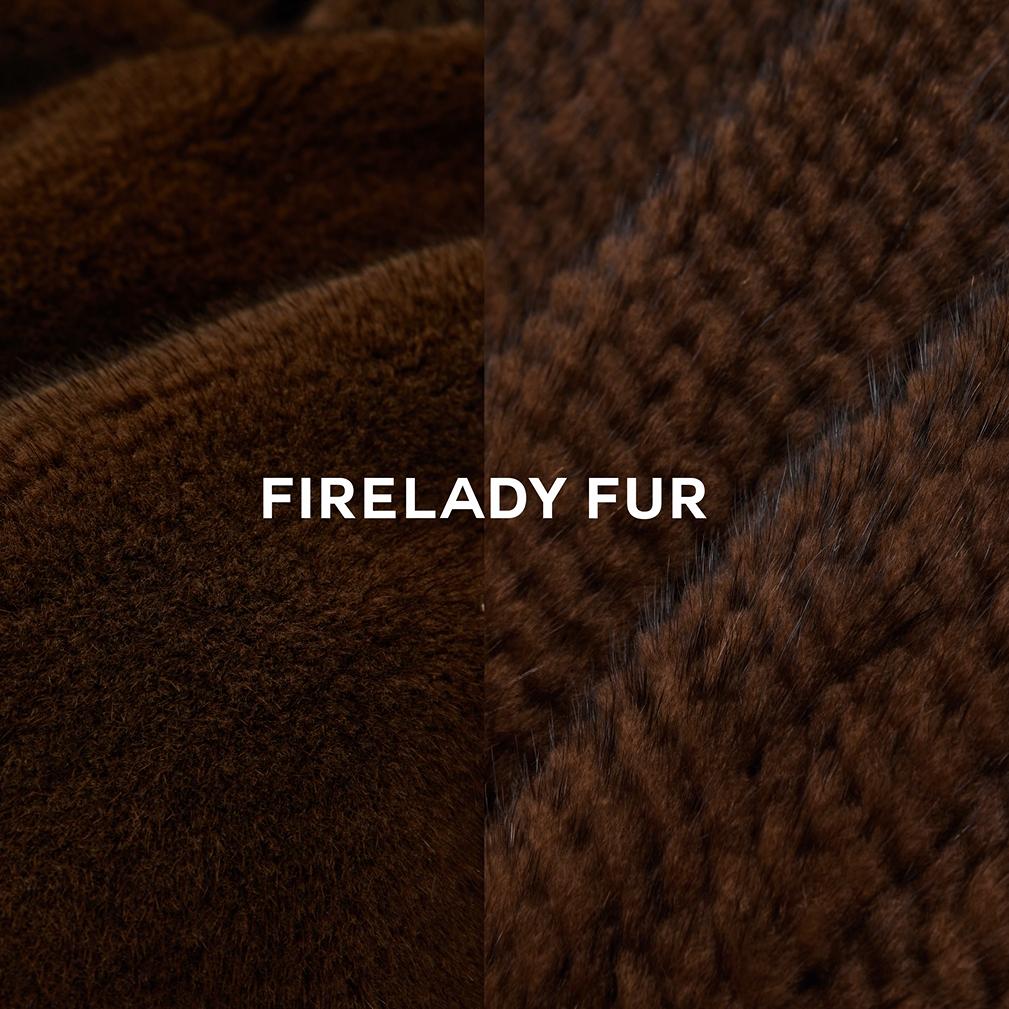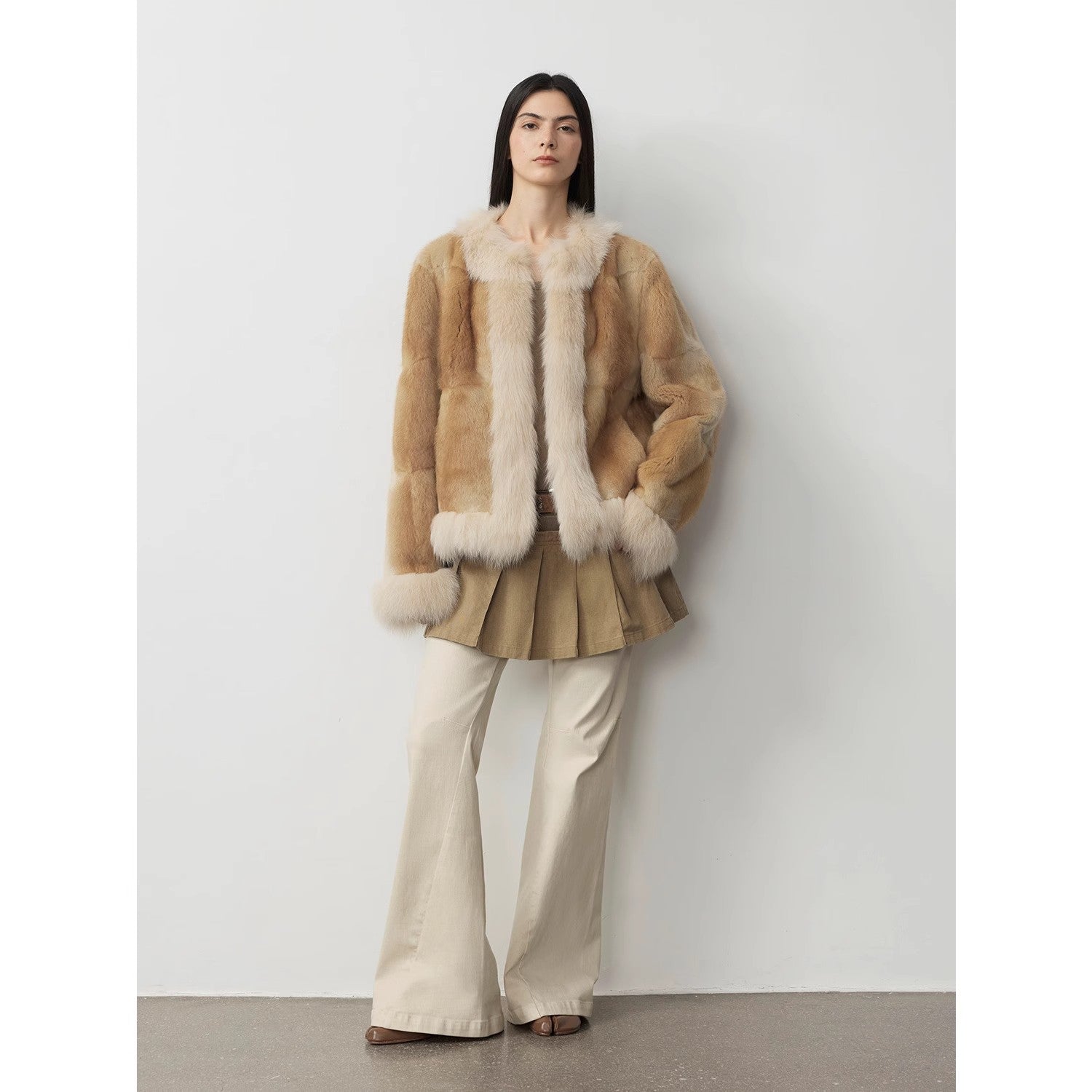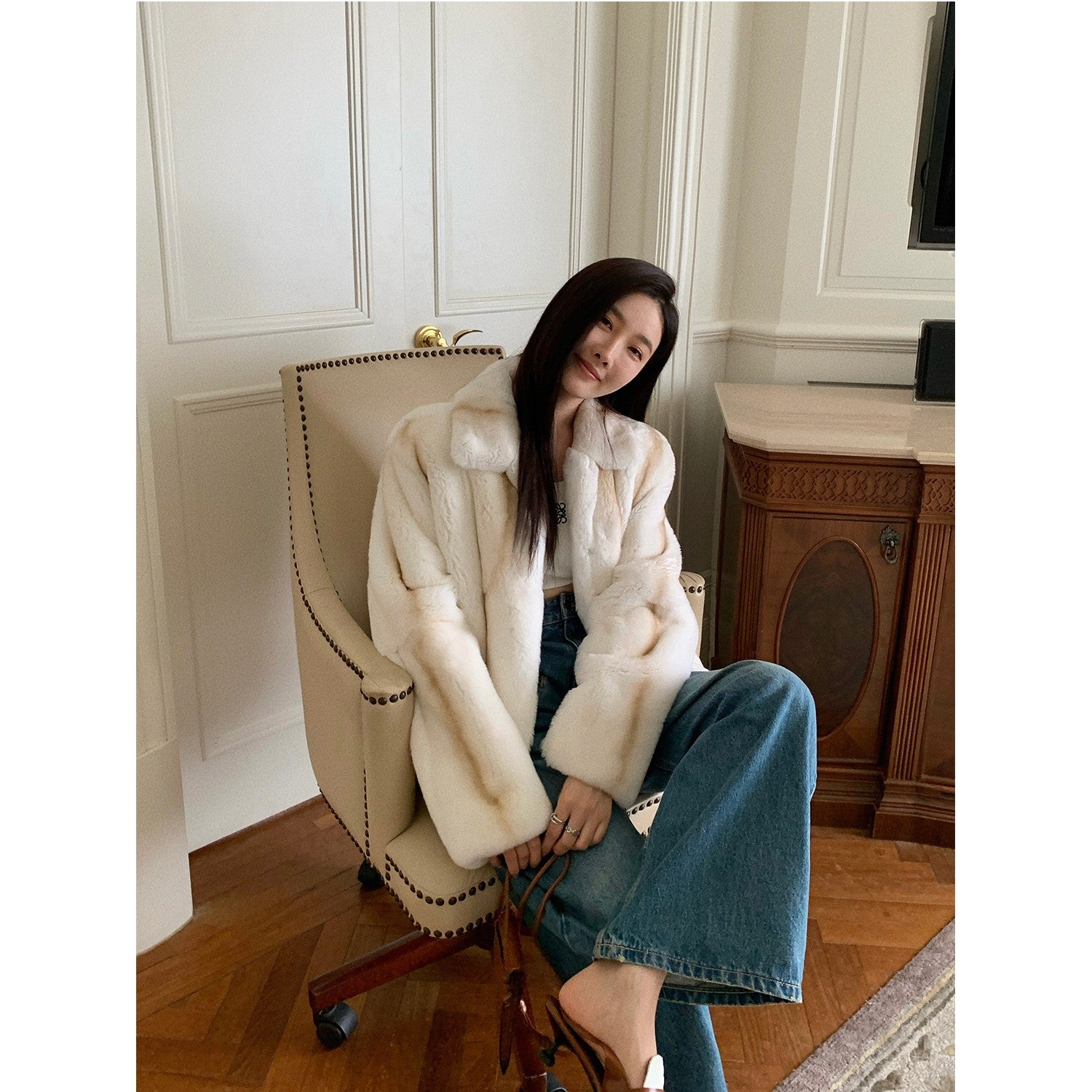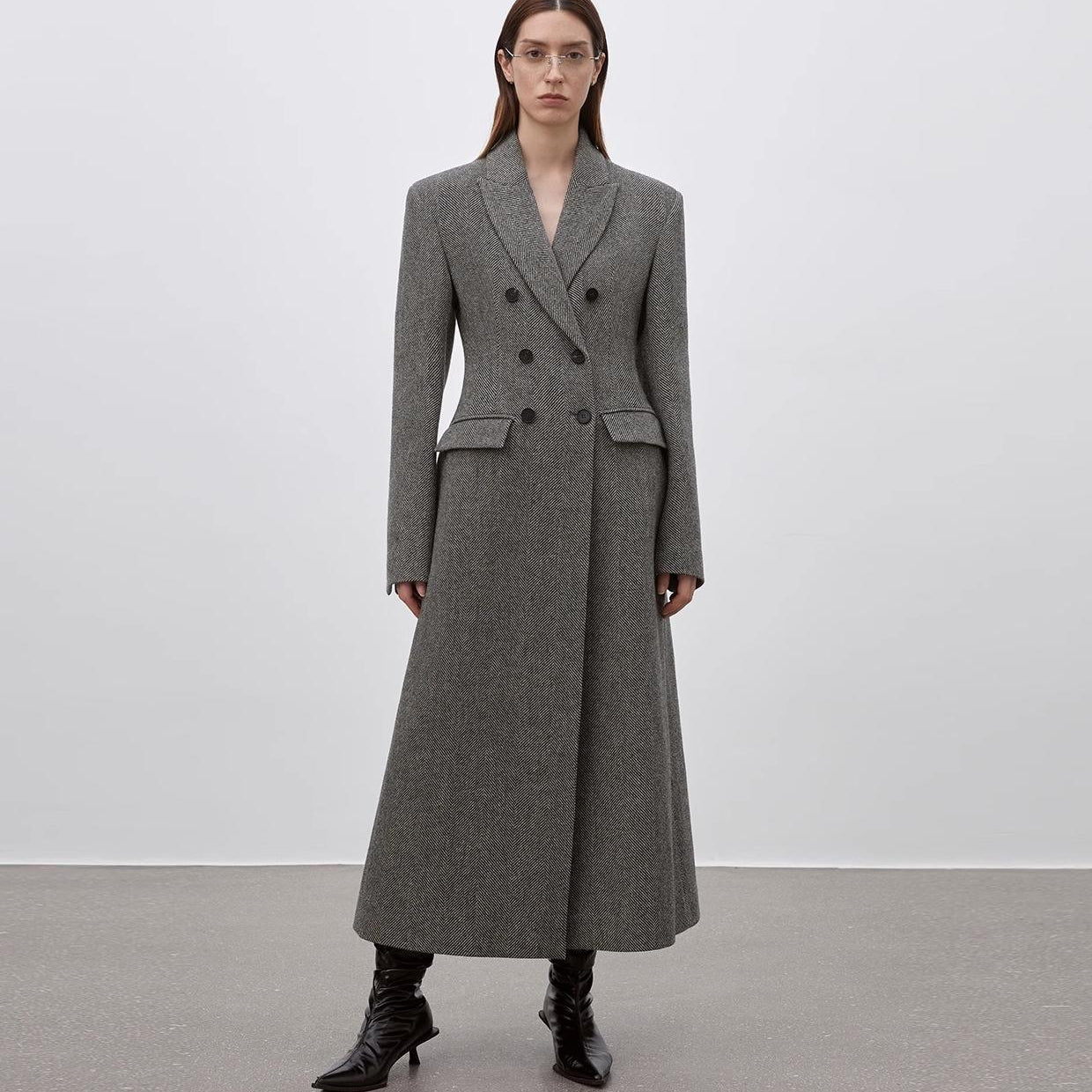The process of making fur

Creating a fur coat is a labor of love, requiring skilled craftsmanship and attention to detail. The process begins with the selection of fur, which is typically sourced from animals like mink, fox, or rabbit. The quality of the fur is paramount, as it affects the coat's warmth, durability, and aesthetic appeal.
The patterning stage is where the art of fur crafting truly comes to life. This is the blueprint for the coat, and it's crucial for ensuring that the final product fits well and looks elegant. A skilled designer will create a pattern that takes into account the natural characteristics of the fur, such as the direction of the hair growth and the color variations.
To start patterning, the designer will draft a detailed plan on paper, considering the desired style, the body measurements of the wearer, and the unique properties of the fur. This plan includes all the necessary details such as the length of the coat, the shape of the collar, the placement of buttons or other closures, and the overall silhouette.
Once the design is finalized, the pattern is transferred onto a sturdy paper or fabric template. This template is then laid out on a flat surface, and the fur is carefully positioned on top. The fur is usually stretched and pinned down to ensure that it lies flat and does not shift while the pattern is being drawn.
The drawing of the pattern onto the fur is a delicate process. A chalk or fabric marker is used to trace the outline of the pattern pieces. This step requires precision, as any errors can lead to uneven seams or an ill-fitting coat. The pattern must be drawn in a way that maximizes the use of the fur while minimizing waste. It's also important to align the pattern pieces so that the natural markings on the fur, such as the guard hairs and underfur, flow smoothly from one piece to the next.
After the pattern has been drawn, the fur is carefully cut along the lines. This is done with a sharp, thin blade to minimize damage to the fur. Each piece is then carefully inspected to ensure that it matches the pattern and that the cut is clean and even.
The next step is to assemble the coat. The cut fur pieces are placed with their fur sides together, and the edges are basted together with a temporary stitch. This allows the pieces to be adjusted before the final stitching is done. The basting also helps to maintain the alignment of the pattern pieces, ensuring that the coat will have a smooth and consistent appearance.
Once the basting is complete, the fur pieces are permanently stitched together using a technique that is both strong and flexible. This is typically done by hand, as machine stitching can damage the delicate fur. The stitching must be done with great care to ensure that it is secure but not too tight, as this could cause the fur to pucker or lose its natural drape.
After the coat is fully assembled, it is inspected for any imperfections and undergoes a final quality check. This may include trimming any loose hairs, smoothing out seams, and ensuring that the coat lies flat and hangs correctly.
The finishing touches include adding any desired embellishments, such as beads, embroidery, or fur trim, and applying a protective finish to the fur to help maintain its luster and resist staining. The coat is then carefully cleaned and conditioned to ensure that it is ready to be worn.
In summary, the creation of a fur coat is a complex process that requires a deep understanding of both the material and the craft. The patterning stage, in particular, is a critical step that determines the success of the final product. It is a delicate balance of artistry and precision, resulting in a garment that is both warm and luxurious.
















